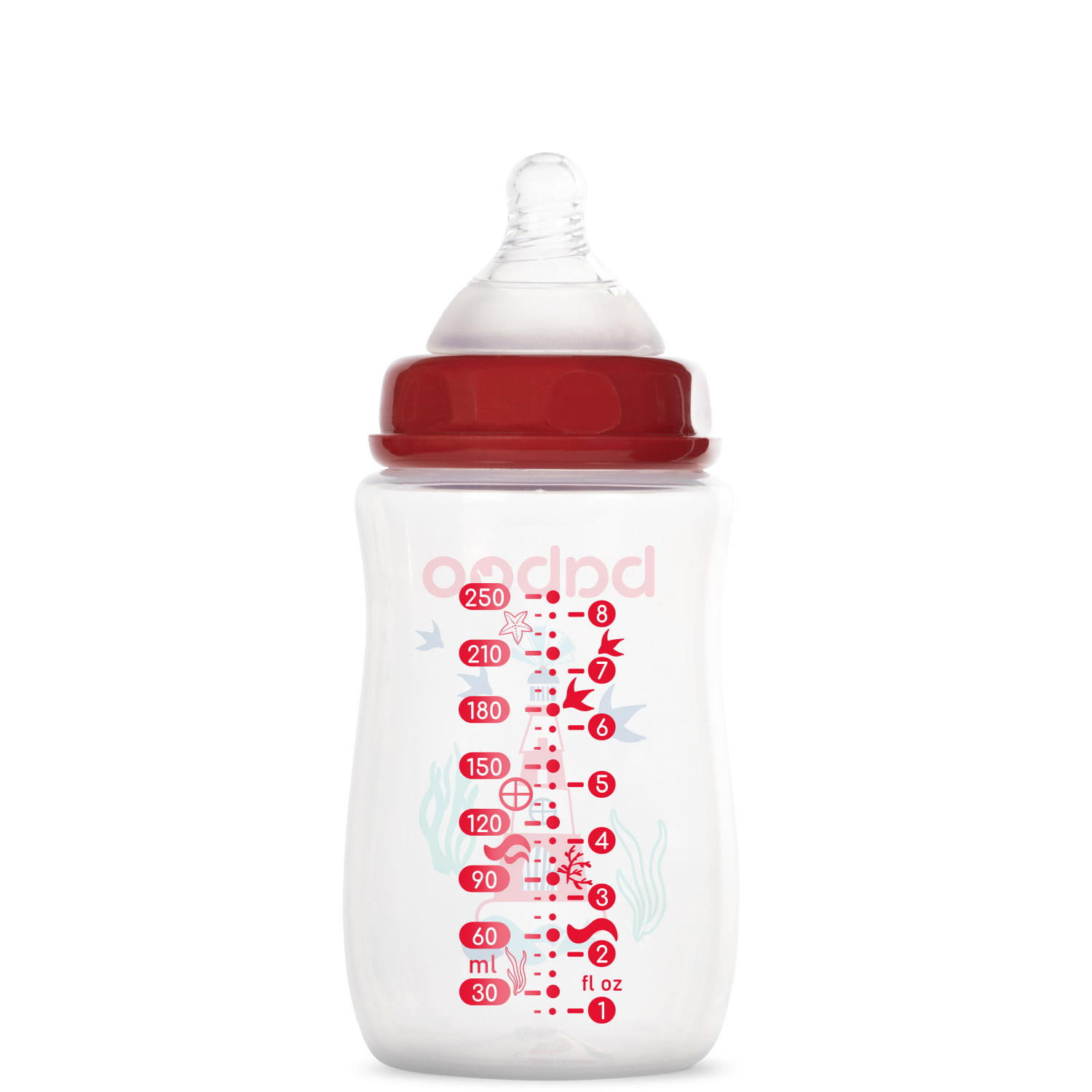Are you a new parent struggling with the concept of bottle feeding your newborn? Don’t worry, we’ve got you covered! In this article, we will delve into the world of bottle feeding newborn and provide you with all the information you need to ensure your baby’s healthy development. So, let’s get started!
Why Bottle Feeding?
Bottle feeding is a popular choice for many parents, providing convenience and flexibility. It allows both parents to participate in feeding and gives them the freedom to schedule and plan their day accordingly. Additionally, bottle feeding can be a great option for mothers who are unable to breastfeed due to various reasons.
Choosing the Right Bottle
When it comes to bottle feeding, choosing the right bottle is crucial. There are several factors to consider, such as the material of the bottle, the nipple shape and size, and the flow rate. It is important to select a bottle that is BPA-free and easy to clean. The nipple should mimic the shape of a breast to ensure a smooth transition between breastfeeding and bottle feeding.
Preparing the Formula
Preparing the formula correctly is essential to ensure your baby receives the necessary nutrients. Follow the instructions provided on the formula packaging and use clean, sterilized water. Always measure the formula accurately to maintain the correct ratio. Remember to shake the bottle well to dissolve any clumps and test the temperature of the formula before feeding your baby.
Establishing a Feeding Routine
Establishing a feeding routine can help your baby develop a sense of security and predictability. It is recommended to feed your newborn every 2-3 hours or on-demand, depending on their hunger cues. Create a calm and comfortable environment during feeding time, and make sure to burp your baby after each feeding to prevent discomfort from gas.
Signs of Hunger and Fullness
It’s important to pay attention to your baby’s hunger and fullness cues. Signs of hunger include rooting, sucking on fingers, and making sucking noises. On the other hand, signs of fullness include turning away from the bottle, closing their mouth, and slowing down their sucking. Responding to these cues will help you establish a healthy feeding pattern for your baby.
Common Challenges and Solutions
Bottle feeding may come with its fair share of challenges. Some common issues include nipple confusion, gas, and reflux. To overcome nipple confusion, make sure to introduce the bottle gradually and offer plenty of skin-to-skin contact. If your baby experiences gas, try burping them more frequently and holding them in an upright position during feeding. Reflux can be managed by keeping your baby upright after feeding and avoiding overfeeding.
Conclusion
In conclusion, bottle feeding can be a wonderful option for parents who are unable to breastfeed or prefer the convenience it offers. By choosing the right bottle, preparing the formula correctly, and establishing a feeding routine, you can ensure that your newborn receives the nutrition they need to thrive. Remember to pay attention to your baby’s hunger and fullness cues, and address any challenges that may arise. Happy bottle feeding!


